When Kent and Audrey Lewis sent their review of the Drascombe Dabber for this issue, it took me right back to growing up on the River Yealm in Devon, England, and summer days going to the beach by boat, often on a Drascombe Lugger owned by family friends. I didn’t think about it at the time, but now I recognize how perfectly suited the Lugger was to ferrying kids and dogs to be offloaded at the beach; to say nothing of bringing them home tired, wet, and sandy. Nor did I take note of just how many Drascombes of all sorts sat on moorings in the river. In hindsight, their presence is unsurprising: the Drascombe designer, John Watkinson, lived and worked beside the Yealm for many years. John Watkinson at the helm of the 15′ speedboat he designed in the early 1960s; a young Douglas Elliott was along for the ride. Checking the engines during the sea trials was Eric Gynn.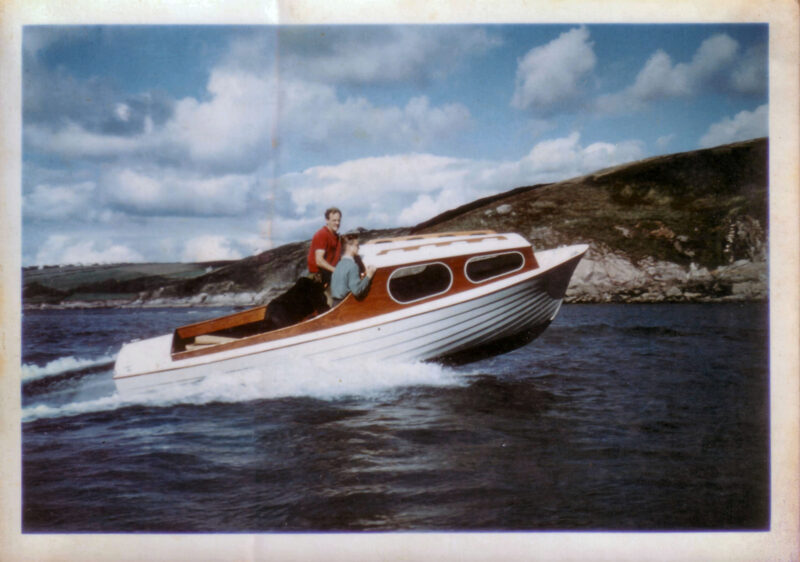 Photographs courtesy of Douglas Elliott
Photographs courtesy of Douglas Elliott
Join The Conversation
We welcome your comments about this article. To include a photo with your remarks, click Choose File below the Comment box.
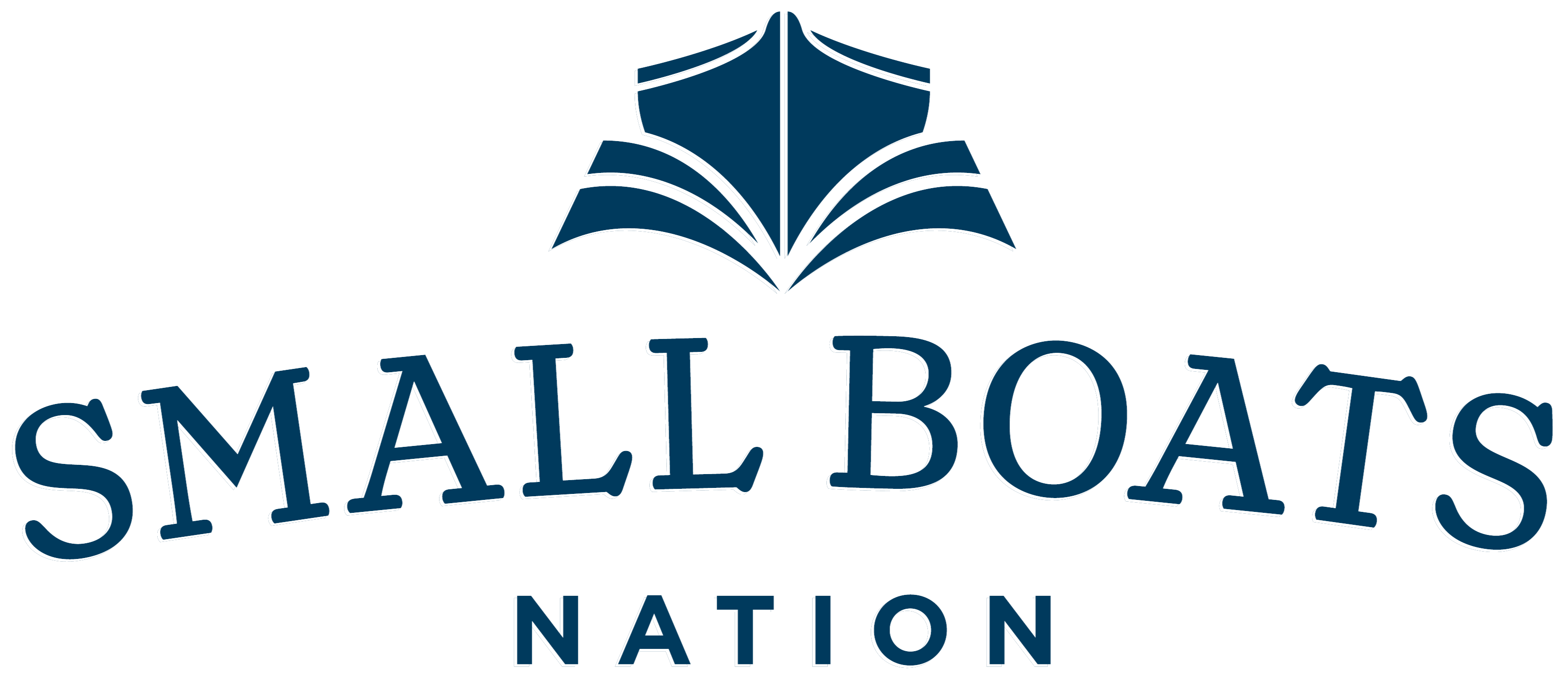
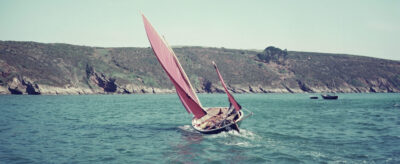
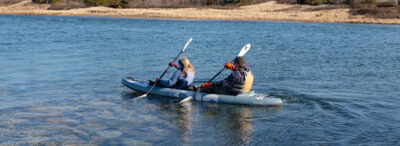


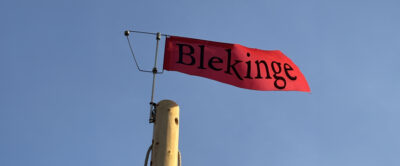
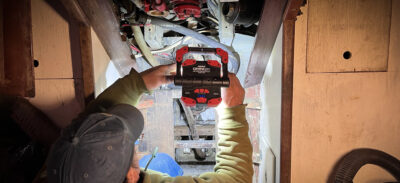
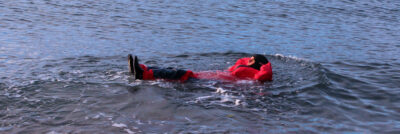


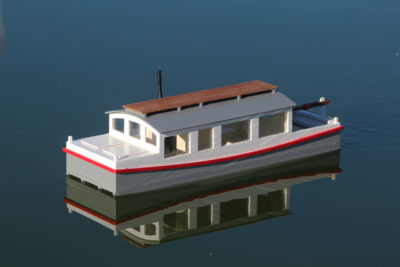
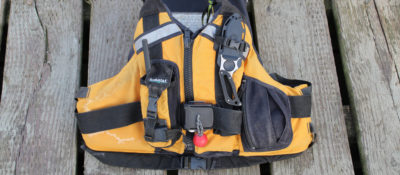

Have sailed my lugger every year since I bought it in 1979. It was in the sellers yard on a trailer with a large tree across it . Got it for very cheap. Fixed the extensive damage. Sold the Seagull, got some long oars instead. Been all over Casco Bay and beyond. It now resides on a mooring at the Taylor Pond Yacht Club , Taylor Pond, Auburn, ME. I am 80 but still get off the mooring at least once a week May-October. On the mooring closest to me is a Caledonia Yawl. What a pair.
It would be hard to find a more giving, patient, funny, kind and knowledgeable sailor in our small boat world than Doug. We are honored to call him friend, and Bilge Rat.
Another builder of wood Drascombes was East/West Boats of Kittery/Eliot Maine. They built nine wood Drascombes in the 1980’s and another around 2000.
Kent, a very old man I knew once said to me. “Your kindness is exceeded only by your personal beauty.”
I think that was meant to be a compliment.
Doug
Your retrospective on the Drascombe family of boats has compelled me to share my enthusiasm for John Watkinson’s design (I sail a Lugger on the Puget Sound). As most of us know, boat design is an exercise in compromise so my observation is that Watkinson has selected the best attributes that a person would want in a multi-purpose, family dayboat. Here are a few of my favorites:
– A large open cockpit with boomless main (much appreciated when sharing the excursion with friends and family.)
– A yawl rig that allows many options for matching the sail area to conditions.
– A deep forefoot that handles steep chop with composure.
– A kick-up rudder that projects through the hull, forward of the mizzen, providing better grip in heavy seas and also putting the skipper’s weight amidship for better trim.
– Easy to go ashore (toss anchor off bow, back down onto the beach, off-load crew and picnic over the stern.)
While the boat is very capable (and I am still learning) I have accepted that she will not sail as close to the wind as her single-minded, high-aspect-ratio cousins. So, when I find myself on an upwind leg and late for dinner, I remind myself that she is a “multi-purpose” boat, and is so handy in so many ways, there’s no shame to dropping in the motor to help ensure a timely arrival.
The overriding requirement when John Watkinson designed the Drascombe Lugger was to have a boat that would give him, in his own words, “A rattling good sail, have good sea keeping qualities, but would keep my wife Kate happy.” He certainly managed to do that! I’m honoured to have been part of the Drascombe history.
Doug
Thanks for this really lovely, intimate history of the Drascombe boats and the people who were involved in their origin. I was thinking how remarkable my emotional response to this story is, especially considering that I have never seen one of these boats in the flesh, and suddenly I remembered Webb Chiles’ stories of his circumnavigation in a Lugger, and it all made perfect sense. My heartfelt thanks to all who have had a part in the making and telling of this story!
I intend to write more articles involving the Wooden Drascombe, I have wonderful memories about building them and some interesting people who we built them for. I recall one customer, who remained a good friend, we built a varnished Drascombe Lugger for him, as well as a small varnished Praam dinghy as a tender, his wife wasn’t too enthusiastic, but when he visited our Boatyard along with his wife, we’d just completed the Praam dinghy. Upon seeing it, his wife said “The dinghy has a better finish than my sideboard”. That was the moment that his wife decided she wanted to be a sailor. They spent many happy hours on their boat, named “Saga” because of his wife’s initial resistance to getting a boat.
Another thing about Drascombes is that they make friends, we always get a visitor or two wander by when we are rigging the Lugger, and they are full of questions, stories or both.
I have sailed Drascombes for more then 20 years. Since last year I have owned a very beautiful wooden lugger that was built in the winter of 2021. She is in a perfect condition and always stored in a garage. I give her the name ONIRO, Greek for Dream.
I had a Drascombe lugger in the early 90s for 10 years and fell in love with her. But for various reasons that men upscale their boating experience, which I can’t explain, I did the same and eventually owned a Pilot 35. But I always loved my Lugger and so in 2019, I built myself a Caledonia Yawl, which was about as close as I could come to the Drascombe . . . and she is a beautiful boat too.